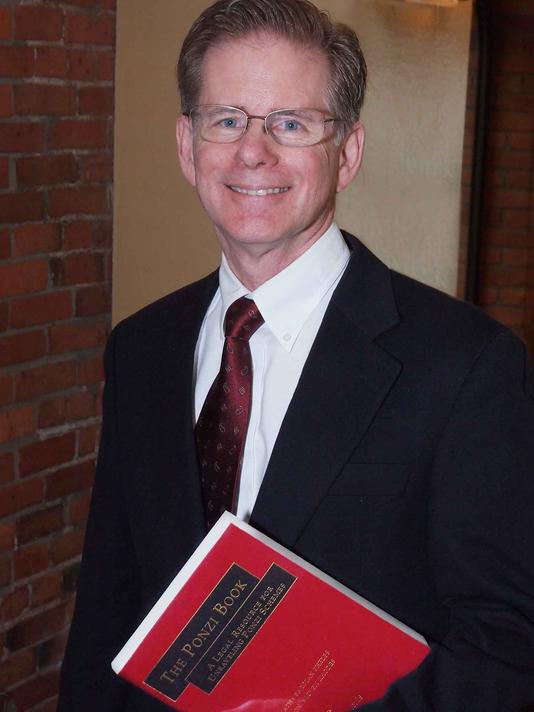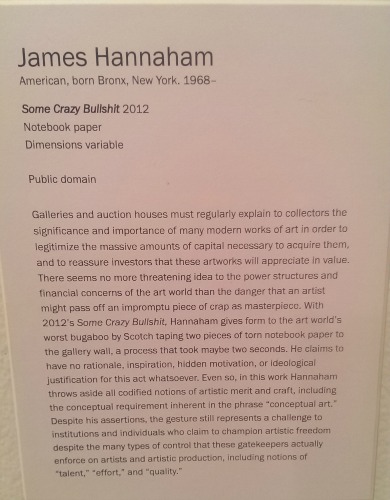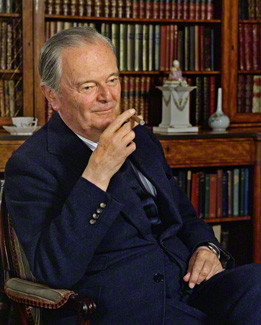Earlier this year, I was invited to address the Seton Hall University students in museum studies and the Institute for Museum Ethics there, and I proposed a conversation instead of a speech. The title was “Money, Market, or Mission? Museums in a Changing World,” and here was the precis:
Ongoing economic challenges have caused museums to question accepted ways of doing business and to look for new models that involve entertainment as much as education. How can museums respond to current trends in the market and build their audiences without compromising their educational and scholarly purposes? Should the preservation and care of museum collections take a backseat to providing community programs that will attract visitors to the museum? Judith Dobrzynski and Sally Yerkovich lead the discussion around how museums are attracting visitors in this changing time.
The event took place in early March (when I was still in my arm cast) and a while back Seton Hall posted the video of the session on YouTube. It’s here.
 We get into a number of issues about which I have written here several times — whether it’s ethical to stage dance parties and other events purely to raise money in a museum instead of trying to get people interested in art; a conservation about [reMastered] at the Worcester Art Museum; how museums “train” audiences; and other things. And there are some issues I haven’t (yet) explored here. One good point I made, when discussing communities and museums, was the difference between art centers, like the Walker, and art museums, like, say, the Minneapolis Institute of Arts, which should be more about its collections. They can and probably should have different strategies. But, whatever each does, “make it about the art” in some way.
We get into a number of issues about which I have written here several times — whether it’s ethical to stage dance parties and other events purely to raise money in a museum instead of trying to get people interested in art; a conservation about [reMastered] at the Worcester Art Museum; how museums “train” audiences; and other things. And there are some issues I haven’t (yet) explored here. One good point I made, when discussing communities and museums, was the difference between art centers, like the Walker, and art museums, like, say, the Minneapolis Institute of Arts, which should be more about its collections. They can and probably should have different strategies. But, whatever each does, “make it about the art” in some way.
And another thought, which came up in the conversation about deaccessioning and specifically about Detroit: the more we turn museums into entertainment centers, as opposed to art cathedrals/repositories/education centers, the harder time we will have convincing people — including the courts — that museum collections are inviolate and cannot be treated as assets.
You might enjoy the video — skip to the 5 minute mark to avoid the introductions.






